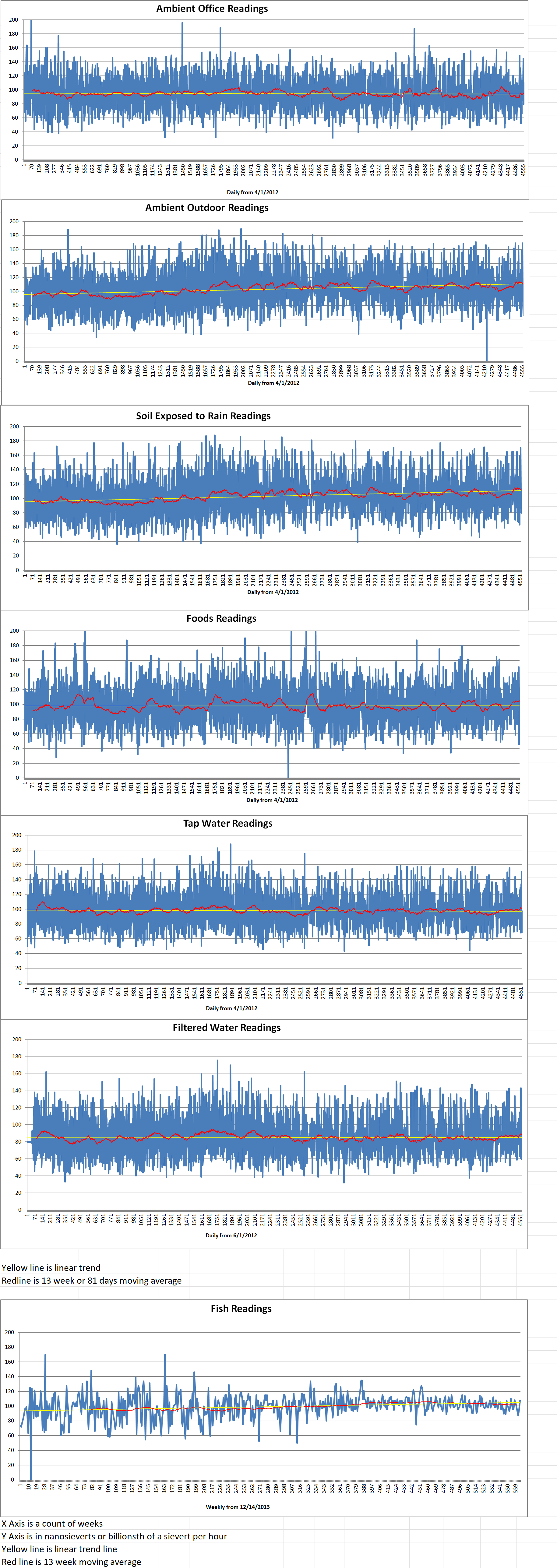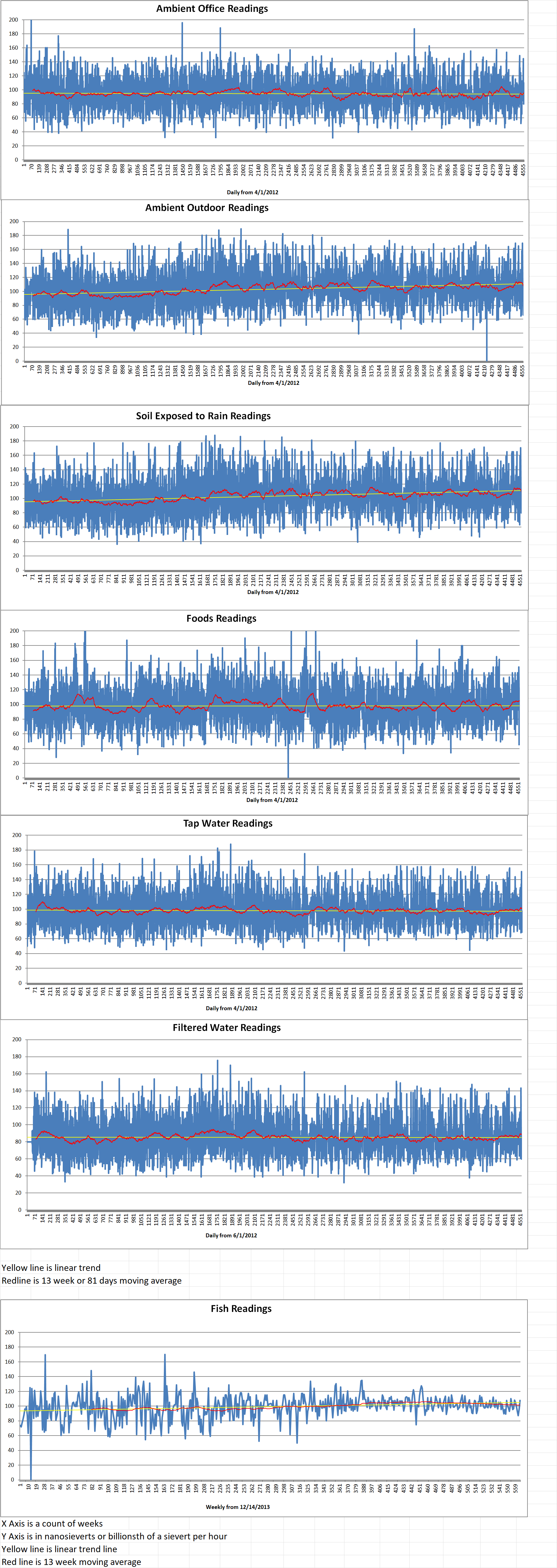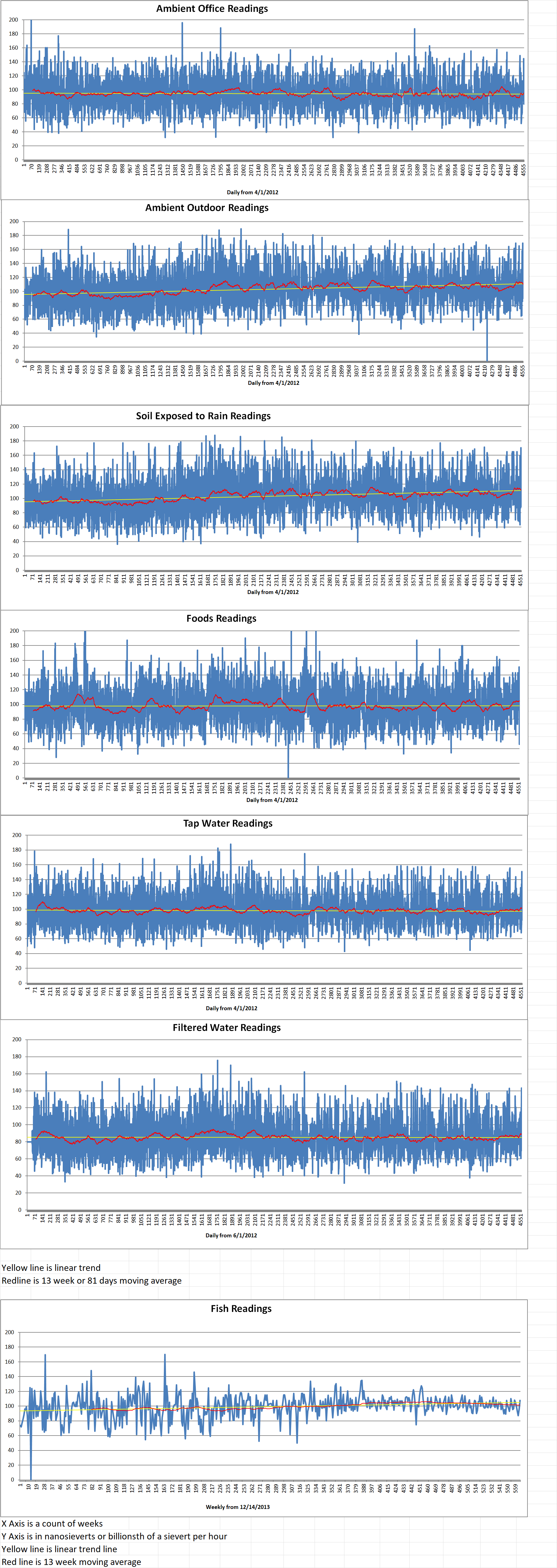Swedish lead-cooled small modular reactor technology developer Blykalla and Norway’s Institute of Energy Technology (IFE) are forming a strategic collaboration to accelerate the technical development of Blykalla’s SEALER reactor.
Blykalla was formerly called LeadCold. It is a spin-off from the KTH Royal Institute of Technology in Stockholm. Lead-cooled reactor systems have been under development at the Institute since 1996. The company was founded in 2013 as a joint stock company. It is developing the SEALER (Swedish Advanced Lead Reactor) lead-cooled SMR.
Blykalla said that the new collaboration with the IFE focuses on a number of critical areas that are essential for scaling SEALER from prototype to full commercial readiness. These areas include the development of control room and operator environments, as well as the design of instrumentation and control systems to allow remote and autonomous operation. The IFE will also contribute to the development of core mechanical components, such as shutdown assemblies and fuel handling systems, and it will support the design of radiation shielding to meet rigorous regulatory requirements.
Prototype development and component testing will be a central part of the work. It will help mature instrumentation of core, primary system and auxiliary systems, and reduce the technical risks associated with licensing and deployment. Together, Blykalla and IFE intend to speed up the transition from low technological readiness levels to the industrial standards needed for commercial rollout.
Blykalla said initial joint development will take place in Sweden and Norway. Further phases align with SEALER’s licensing and industrialization timeline.
Jacob Stedman is the CEO of Blykalla. He said, “We’re proud to work with the renowned research institute IFE. Strengthening Scandinavian collaboration feels both vital and natural at a time when technological sovereignty is becoming central to industrial growth and long-term sustainability. Partnerships between leading actors can make all the difference in bringing new technologies to market and securing a clean energy future for our region.”
Bjørn Axel Gran is the vice president at IFE Nuclear. He added, “We’re pleased that our competence and expertise will be used in the next stage of the nuclear area. Partnership with Blykalla allows them to take research into innovation and allows us to get first-hand learning of future research gaps.”
Blykalla plans to construct its first reactor called SEALER-One, in Sweden. The prototype will function as a demonstration of its technology. At the same time, it will be used for pyrolysis, whereby industrial customers can utilize its steam for, among other things, decarbonized biochar production. The company aims to make SEALER-One operational by 2029. Blykalla has signed a Letter of Intent with nuclear operator Studsvik to develop SEALER-One on its site in Nyköping, Sweden. Work to license the reactor is currently under way.
In the long-term, Blykalla plans to deploy up to one thousand SMRs by 2050, delivering five hundred terawatts of clean energy annually to industrial users that cannot rely on intermittent power sources. It states that SEALER is designed to serve sectors such as hydrogen production, process heat, and pyrolysis. It has the potential to significantly reduce global carbon dioxide emissions and secure industrial resilience and growth.
In February of this year, Blykalla and Norwegian nuclear project developer Norsk Kjernekraft signed a Memorandum of Understanding (MoU) to collaborate on the deployment of SEALER in Scandinavia. Under the MoU, the two companies will assess the business case for integrating the SEALER into power plant projects that are currently under development by Norsk Kjernekraft, evaluating site suitability, regulatory pathways, and economic feasibility for deployment in Norway. The agreement also covers the collaboration on licensing, financing, construction, and operational aspects of SEALER-One in Sweden.
Blykalla





